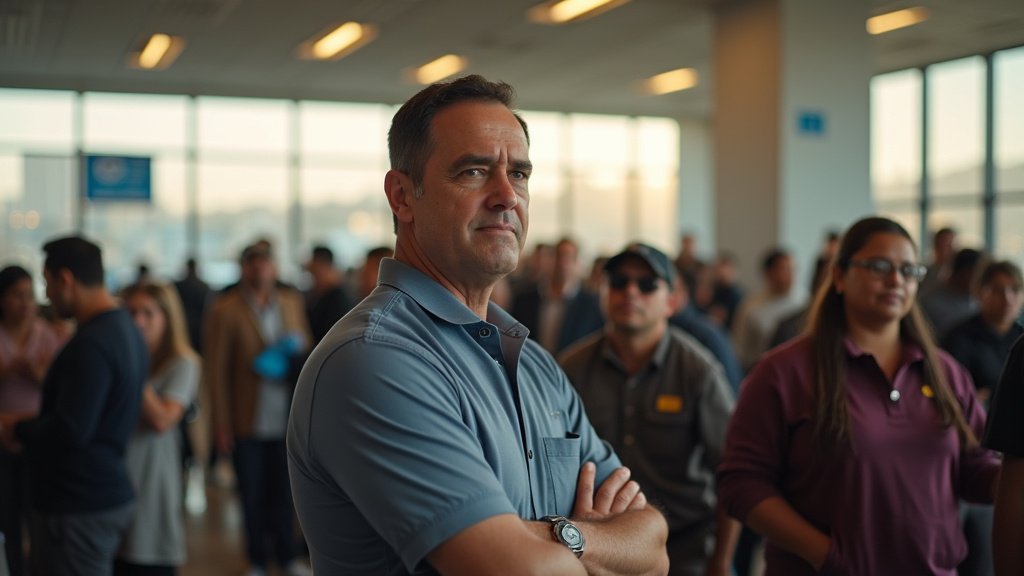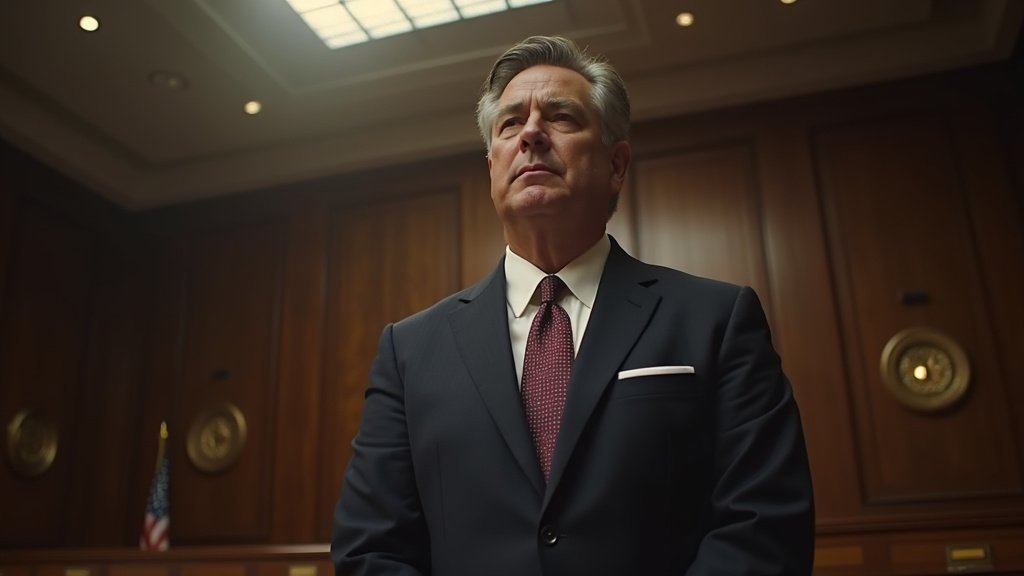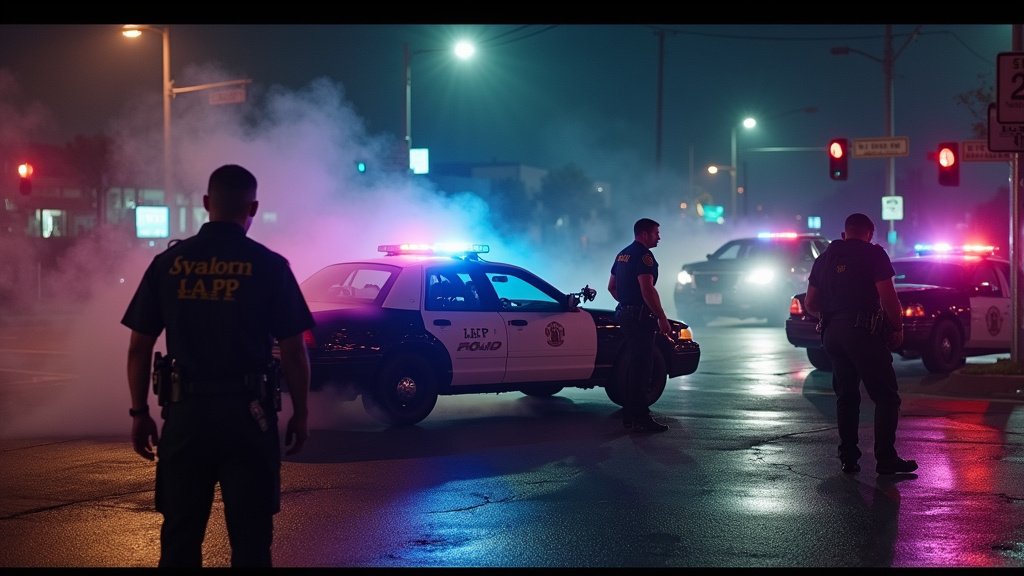A federal appeals court delivered a significant legal victory to the Trump administration today, upholding the president’s ability to retain federal control over California’s National Guard for a period of 60 days. The ruling by the Ninth Circuit Court of Appeals on June 20, 2025, arrives amidst ongoing anti-ICE protests across California, particularly in Los Angeles, which the administration cited as necessitating the deployment to protect federal personnel and property. The decision represents a setback for California Governor Gavin Newsom, who had challenged the federal deployment earlier this month, characterizing it as an instance of governmental overreach.
Judicial Decision and Legal Context
A unanimous three-judge panel of the Ninth Circuit issued the ruling, affirming the legality of the federal deployment based on long-standing precedent concerning the president’s authority over federalized National Guard troops. The court’s decision found that the deployment was lawful under established legal frameworks, specifically citing the president’s authority to use federalized forces to protect federal interests and property. While the panel agreed that the deployment was permissible under existing law, they also noted a point of distinction with the administration’s broader legal arguments, stating that the president’s actions, in this context, were not entirely beyond judicial review. This nuanced finding suggests that while the initial deployment for the stated purpose is upheld, future legal challenges concerning the scope, duration, or specific application of such federal authority in response to state-level events could potentially be subject to court scrutiny. The ruling focused primarily on the inherent constitutional powers related to the use of federalized military forces.
Governor Newsom had initiated the legal challenge earlier in June, arguing that the federalization and deployment of the state’s National Guard without his explicit consent or perceived necessity represented an unwarranted intrusion by the federal government into state affairs. His office labeled the move as government overreach, setting up the legal confrontation that led to today’s appeals court decision.
Protests and Federal Response
The federal deployment and subsequent legal battles are directly linked to widespread demonstrations against immigration enforcement actions by Immigration and Customs Enforcement (ICE). These protests have occurred in Los Angeles and various locations throughout California, driven by public opposition to immigration raids and policies. The federal government has argued that the scale and nature of these protests posed risks to federal facilities and personnel, thereby justifying the use of federalized National Guard troops to augment security efforts alongside other federal agencies present in the state.
Adding another layer of political tension to the unfolding situation, Vice President J.D. Vance made a visit to Los Angeles on June 20th, the same day as the Ninth Circuit ruling. During his visit, Mr. Vance met with federal law enforcement officials and elements of the U.S. Marines who have also been deployed to the area as part of the broader federal response. Addressing the situation publicly, Vice President Vance offered pointed commentary on the protests, stating that law enforcement personnel faced “rioters egged on by the governor and the mayor.” This statement drew immediate criticism from state and local officials and highlighted the stark divide between the state and federal governments regarding the protests and the appropriate response to civil unrest.
On-the-Ground Incidents and Accountability Concerns
The intensity of the protests was underscored by incidents like the demonstration that occurred the night before, on June 19th, in Pomona, a city east of Los Angeles. This protest involved approximately 150 demonstrators. Witnesses reported that the group engaged in various activities over a duration of about 6 hours, including marching, climbing light poles, setting off fireworks, and performing vehicular maneuvers described as “doing donuts.” While the summary does not specify the nature of any damages or specific targets during this particular incident, such actions represent a level of activity that federal authorities might point to when citing the need for heightened security measures and the justification for their deployment.
The presence of federal agents involved in immigration enforcement and protest response has also raised significant concerns regarding accountability and transparency among civil liberties advocates and state officials. Reports have emerged of federal agents operating with face coverings that obscure their identities and utilizing unmarked vehicles during raids and other operations across the state. These tactics have fueled public anxiety and prompted discussion among California lawmakers about potential legislative responses aimed at enhancing transparency and ensuring accountability for federal personnel operating within the state’s borders.
One such proposal is a proposed bill currently under consideration, SB 627, which aims to enhance accountability by requiring uniform identification for federal agents operating within California. The debate around SB 627 reflects a broader tension between federal enforcement prerogatives and state-level efforts to ensure transparency, safeguard civil liberties, and provide clear lines of accountability when federal agents are involved in interactions with the public.
Federal Stance and Ongoing Legal Challenges
The Department of Homeland Security has consistently defended its actions and presence in California throughout this period of unrest and legal challenge. In response to inquiries and criticisms regarding its operations and the conduct of its personnel, the agency issued a statement reiterating its fundamental mandate, stating that it “continues to enforce the law in Greater Los Angeles.” This assertion underscores the federal government’s position that its operations, including immigration enforcement and response to civil unrest impacting federal interests, are lawful and necessary components of its mission.
While the Ninth Circuit ruling provides a significant legal backing for the current federal control over the Guard deployment for the next 60 days, the legal challenges are not entirely concluded. Earlier on June 20th, the same day as the appeals court decision, a federal judge overseeing related legal proceedings set a Monday deadline for California officials to formally present their arguments challenging the administration’s specific use and implementation of the National Guard deployment. This sets the stage for potential further legal skirmishes over the details and implementation of the federal deployment, even as the overarching authority for the 60-day period has been upheld by the appeals court. The situation remains fluid, with legal and political tensions continuing between Sacramento and Washington.





